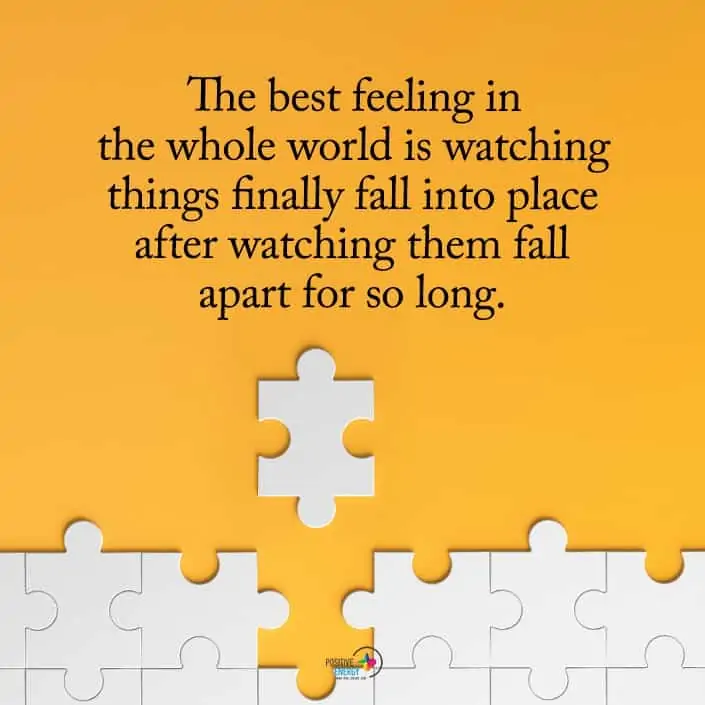Are left-handed people more intelligent than their right-handed counterparts?
“The findings are considered to support the view that greater engagement of right-hemispheric resources facilitates the performance of higher order functions that orchestrate cognition, such as mental flexibility, inhibitory control, and working memory operations.” – Beratis et. al (2013)
Okay, so approximately 10 percent of our readership is ecstatic, while 90 percent aren’t. “That’s total B.S!” may be your reaction – but wait, there’s more!
A couple of things to clear up beforehand:
(1) Research swings both ways on the lefty/righty debate.
(2) We are being as objective as possible by using peer-reviewed data.
Intelligence, smarts, or whatever term you may use to describe brainpower is, in itself, a highly debated topic!
Some people call “B.S.” on I.Q tests – and there’s plenty of good reasons. For example, did you know that most “intelligence” tests do not measure creative skills? In other words, most IQ tests do not consider a crucial component of abstract thinking.
But what does science say? We will narrow down the thousands of studies that have “solved” the right/left debate to just a few publications.
Anyways *puff*, onto the science!
Why Left-Handed People Are the Smartest, According to Science
1. “Divergent Thinking”
Interestingly enough, one of the main advantages of being a lefty is divergent thinking – aka, creativity and abstract thought.
Most studies reveal that lefties possess a more developed right hemisphere of the brain, which might have a greater influence on abstract thinking than the left hemisphere.
Another interesting and quite plausible hypothesis is that lefties, as part of a minority group, develop a more individualistic (less group-oriented) mindset. An independent frame of mind and creative giftedness often lead lefties down the path of an artist.
2. Better, faster hand-eye coordination
Some Australian researchers made an interesting observation: 25 percent of Major League Baseball (MLB) players are lefties – 2.5 times the rate of the general population. This number is what scientists call “statistically significant” (i.e., it’s worth a damn.)
A study published in the journal Perceptual and Motor Skills found “statistically significant differences in proportions of left-handed persons” who “(engaged) in “interactive sports.” What’s more interesting is what they didn’t find – an advantage in “non-interactive” sports. The difference? Interactive sports: baseball, boxing, fencing, tennis. Non-interactive: bowling, diving, gymnastics.
In short, lefties (theoretically) have better and faster hand-eye coordination.
They also have…
3. Faster reaction times
Now this “lefties are more athletic” theory is making a bit more sense. Better, quicker hand-eye coordination and faster reaction times? You’d see that scribbled down in some pro scout’s notepad.
In a study published in the journal Neuropsychology, researchers discovered “a relationship (between) interhemispheric transfer time and hemispheric interaction in left-handed participants. (Results) demonstrate significant handedness effects, suggesting that left-handed individuals tend to have more hemispheric interactions.”
This scientific mumbo-jumbo boils down to this: lefties, on average, have faster left/right brain connections than righties. (Couldn’t they have just said that?)
4. Better spatial ability
Johns Hopkins University’s Center for Talented Youth defines spatial ability as “the capability to understand and remember the spatial relations among objects … made up of numerous subskills, which are interrelated among each other and develop through your life.”
Spatial skills are among the most “convenient” to have. For example, someone with this ability is generally excellent with directions. The skillset may also be lucrative. That’s because many lefties enjoy prominence in architecture, engineering, mathematics, and technology.
5. They’re emotionally intelligent
“For left-handed people, implicitly, they think good stuff is on the left, even though consciously, explicitly, everything in language and culture is telling them the exact opposite,” says Daniel Casasanto, psychologist and professor at Stanford University.
Dr. Casasanto makes an important point. For years, and it continues today (though to a lesser extent), left-handed people were/are discriminated against. Did you know that, simply by being born left-handed, many people assumed lefties were “crippled, defective, clumsy, inept, doubtful, questionable, ill-omened, inauspicious and illegitimate”? We were talking less than 100 years ago.
Most of this revolting ignorance has (thankfully) gone by the wayside. Having something in common with five of the last seven presidents, four of five designers of the Mac computer (including Steve Jobs and Steve Wozniak – and their competitor, Bill Gates), and possibly the most incredible mind in history – Albert Einstein – will quickly render critics silent.
Plus, lefties have their day: International Lefthanders Day. Yep, that’s pretty cool.
On August 13, be a pal (or look smart) while offering a crisp high-five using your southpaw.
How do lefties adapt to a right-handed world?
Approximately 90% of the world population is right-handed. Individuals who prefer using their left hand are in the minority, with only 10% of the world’s population. Being left-handed is unique. But it also means learning how to adapt to a right-handed world.
Left-handed people tie their shoes differently.
If your parent or teacher is right-handed, as a leftie, you probably had to teach yourself how to tie your shoes. Learning how to hold the shoestrings in one hand while looping the other string around takes practice. Of course, many left-handed people adapt by learning to do tasks like tying their shoes with their right hand.
A left-handed person eats differently.
Although many left-handed people choose to eat like right-handed, some lefties hold their fork in their left hand with the fork tines facing down. They cut their food with the knife in their right hand. Strangely enough, we traditionally called this eating “right-handed eating.”
To make it even more confusing, Europeans eat this way–even righties.
They write uniquely.
Lefties have gotten a bad rap for sloppy handwriting, but that’s not always true. Many lefties have beautiful handwriting. It involved holding a pen differently, shifting the paper to a different angle than a right-handed writer, and trying to write in a right-handed spiral notebook. Still, lefties all face these challenges when they write.
They adapt how they use scissors.
Right-handed individuals should try to use scissors in their left hand to experience the challenge lefties face. Fortunately, left-handed scissors exist–they have different grips and reversed blades so lefties can cut more easily.
They need to move their computer mouse in a different way.
Computers always have the mouse on the right side. Moving the mouse on the left side seems simple enough, but it’s more involved than that. You must go into your computer settings and change the mouse button, or it won’t work.
How they use zippers.
Pants zippers provide an everyday challenge to lefties. So a left-handed person must awkwardly reach around to zip up or down.
How they use cupholders.
Indeed, righties don’t even need to think about most car cup holders are on the right side of the driver’s seat. This means lefties must adapt by setting their coffee in the cup holder with their right hand or reaching around with their left hand at an awkward angle to put their coffee in the cupholder.
They change up how they swipe their credit card.
Most stores’ credit card machines require lefties to reach around and swipe on the right side of the machine. As with many other situations, a left-handed person may adapt by using their right hand to swipe their credit cards.
Giving a signature varies.
If you sign your name on a credit card machine, the pen is always on the right. Lefties must adapt by reaching over the machines and signing their names at an awkward angle.

















 Community
Community

